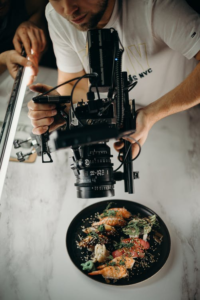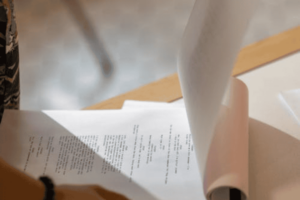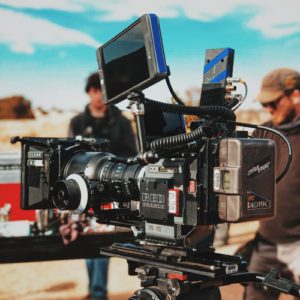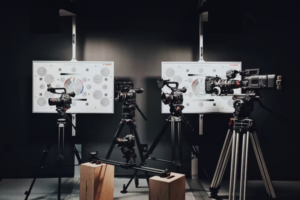According to the influencer marketing hub Podcast Ad Revenues Expected to Exceed $2 Billion in 2023. Hence, it is no wonder podcasts are gaining prominence as an audio entertainment medium due to their convenience of use. In addition, they are popular self-learning tools capable of building a community of like-minded people. If you look forward to capitalizing on this peaking trend, then this is your time to know how to start a podcast. This article walks you through the steps you need to know as a budding podcaster.

Step 1: Plan and Set Your Podcast Goals, Theme, and Name
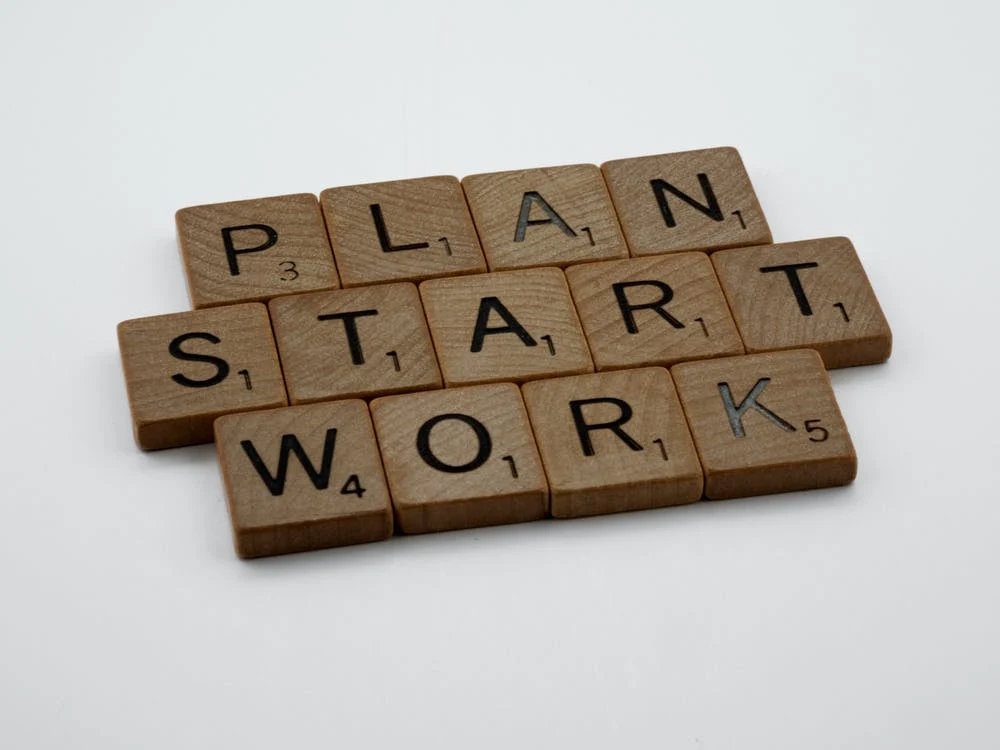
Podcast Goals
The first step to making a podcast is defining realistic goals. These goals give a purpose for your content development and help you stay focussed, whether you are trying to:
- Create brand awareness
- Promote audience engagement
- Share Knowledge
Prioritize tailoring your content to meet your audience’s interests and requirements.
Podcast Theme
A podcast theme is a foundation for your podcast. Hence, choose a theme you are enthusiastic about or frequently research. This will ensure your commitment to creating future episodes for your audience. To know if your chosen theme is right for you, try to brainstorm ten episode ideas. You have to change your topic If you find it challenging to generate these ideas. In addition, be specific while choosing your niche to reach a wider audience. For example, if you choose nutrition and dietetics as your niche, prefer a topic like maternity nutrition.
Podcast Name
Aptly name your podcast to set the right tone and attract your audience. In addition, a small well-versed description or a tagline will help people find your content. Here are the characteristics of a good podcast title:
- Crisp and distinct
- Available
- Impressive
- In line with your business name or brand
The best podcast names and how to name yours
Step 2: Decide Your Episode Format

The next step is deciding how to deliver your podcast content. Here are the most preferred types to choose from:
Conversational Podcasts
Podcasts of this type feature interviews with famous personalities. They can also take the form of educational podcasts delivered through conversations and dialogues. Alternatively, they can portray the political scenario of a specific region through several episodes of a series.
Scripted Non-fiction
Scripted non-fiction is a type of long-form storytelling that recounts the actual life experiences of a person or event. Examples include historical shows that recall past events.
Scripted Fiction
A fiction podcast closely resembles a radio drama featuring a fictional story delivered in multiple episodes and seasons. These stories constitute voice actors for dialogue delivery and sound effects and are also known as narrative fiction or scripted podcasts. In addition, these podcasts cover a wide range of literary genres. For example, Welcome to Night Vale is a podcast that is presented as a radio show in a fictional town. The host Cecil Gershwin Palmer takes you on a journey through this surreal town in the Southwestern United States.
Educational
These podcasts focus on teaching or conveying information with the sole purpose of educating their audience.
News
These podcasts brief you on the daily happenings in a crisp manner to update your audience.
Step 3: Ponder about the Ways to Host Your Show
Now, it’s time to think about how to host the show. There are three different formats for hosting the show, which you may choose depending on your content.
The Solo Show
You can deliver the show singly without a co-host. However, the biggest challenge is to overcome the thought of self-talking.
The Co-hosted Show
Alternatively, you can collaborate with a co-host to host the show. This way, you will have to find a standard time for recording. It would be best if you had a good rapport with your co-host. This is because good chemistry between the hosts can render an excellent listening experience for your listener.
The Interview Show
Another choice to deliver the show is through a conversation with an expert. These experts can be someone who inspires you or whom you respect for their good deeds. This is also an excellent way to gain an audience if your guest podcaster has a good audience base.
Duration of Your Podcast

Podcasts can have longer or shorter episodes depending on the amount of information you wish to deliver. A podcast of more than an hour is more prolonged, while a shorter one spans 15 minutes or less. On average, podcasts run from 20 to 45 minutes. However, you don’t have to stick to these timelines if you have a lot of information to share.
How long should your podcast episode be?
Frequency of Your Podcast

An excellent podcast can have far-reaching results, but frequent new episodes remind your audience to tune into your show. Therefore, it is vital for you to always strike a chord between excellence and consistency. Here are some of the options to consider:
- A weekly podcast is where you release a new episode every week.
- A daily podcast is where you release a new episode every day. This can be a powerful tool as it entangles your listener’s daily routine.
- Seasonal Podcast: To sustain your podcast, you can gather several episodes to create seasons. This way, you could borrow time to develop excellent content appealing to your listeners. In addition, you could monetize your work in the long run.
How often should you publish new podcast episodes?
Recording and Gear: Podcast Studio and Equipment
After your planning phase, you have to focus on procuring the podcast equipment to create high-quality audio. This way, you can create a comfortable listening experience for your listener. Here is the essential equipment that helps you to prepare great audio content:
Podcast Microphone

The most critical equipment for a podcaster is the microphone. Microphones cut down external noises and enhance sound quality. There are three categories of microphones, such as:
1.USB mics
These microphones come with the convenience of use and cost. You can directly plug them into your computer’s USB port to begin recording. However, their lower price comes with compromised sound quality. Here are some popular USB mics to consider:



2.Dynamic mics
These are pretty immune to background noise and are well-suited for conversational podcasts. They are long-lasting and are independent of external power. Their cons are that they must be kept closer to the speaker’s mouth to maintain consistency while recording. Some popular dynamic mics to consider include:


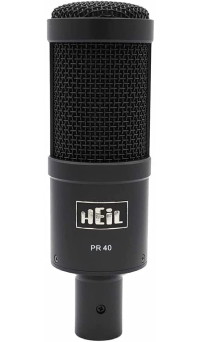
3.Condenser mics
Alternatively known as capacitor mics, these mics are known for their outstanding audio. However, they are best suited for soundproof places because they are sensitive. Here are the best condenser mics to buy:

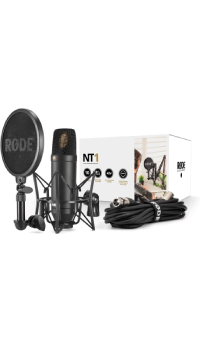

Podcast Pop Filter
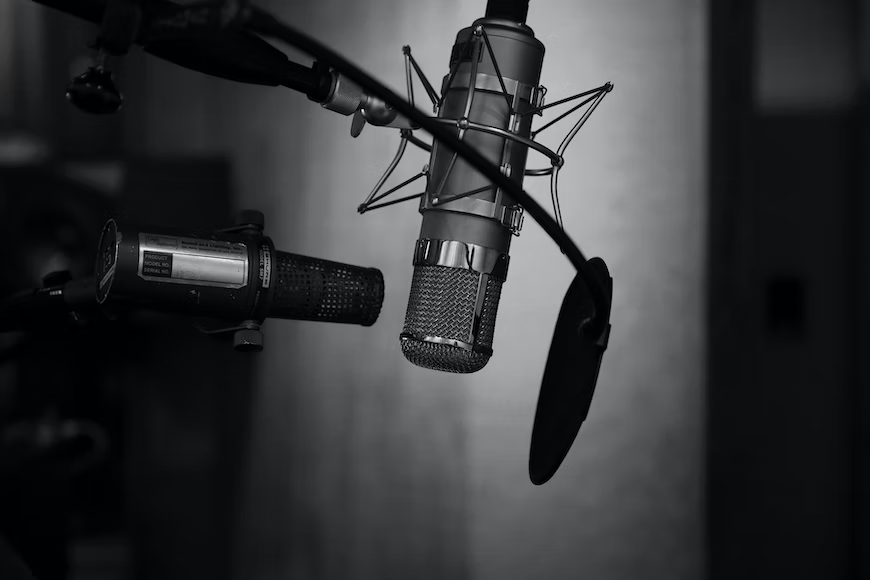
Your podcasts must be devoid of the sound of plosive consonants. This is because these sounds are made, blocking the airflow. Hence, they cause a sudden rush of air when they leave, overloading the microphone capsule to generate vibrations. Consequently, your audio sounds unprofessional. However, you can improve your audio quality using a pop filter to dissolve these vibrations. They are a popular choice among podcasters due to their simplicity and low cost.
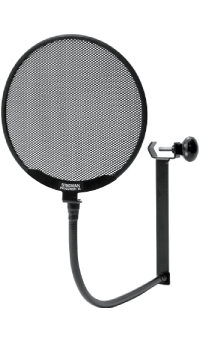
Podcast Headphones

Over-the-ear headphones are a must-have for podcasters as they offer better sound quality. This way, you gain full autonomy over sound quality as you can adjust the audio levels when required. Additionally, it eases the process of editing your audio later on.

Here are two options to consider based on your requirement:
| Headphones | Useful During | Advantage |
| Sony ZX series stereo headphones | Useful while interviewing | Avoid the echo picked up by your microphones. |
| Sony MDR7506 professional headphones | Useful during editing | Helps monitor recording. |
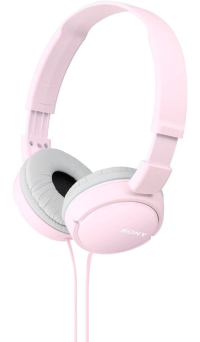
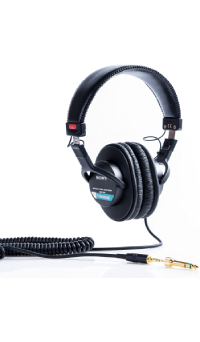
Shock Mount
Some microphones don’t come with an inbuilt shock mount. In this case, you can add one to your microphone to prevent vibrations. This tool works by suspending your microphone.
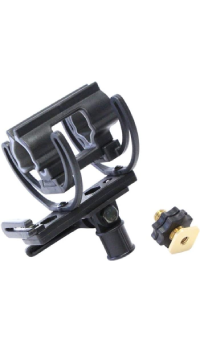
XLR Connections
You require these connections only while using a condenser or dynamic microphone for recording. There are three ways to establish these connections, they include:
Use an audio interface
An interface is a physical device you can connect to your computer to enhance its audio capabilities. As a result, you can connect it to a professional microphone. These devices allow sound to pass through it to and from the computer. A popular example of this is the Focusrite Scarlett series.
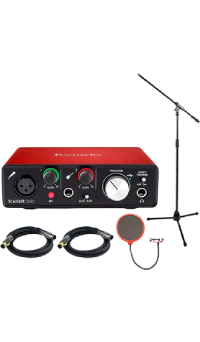
Use an external audio recording device
You can use an external audio recording device to record your podcast episode without a computer. These recorders provide the provision of storing your audio files on the SD card. You can later upload these files to your computer for editing.
Use a podcast machine
You can avail the benefit of a standalone podcast machine to record, process, and control the podcasting process. However, it is well-suited for well-experienced podcasters owing to its high price, like Rode.

Audio Recording and Editing Software for Podcasters

Once you are ready with your gear set up, begin installing the software necessary for recording and editing. Recording software helps you record your audio through the microphone and saves it in the form of MP3.
| Audio Recording and Editing Software | Suitable for | Advantages |
| Adobe Audition | PC/Mac | A powerful editing tool apart from recording. |
| Audacity | PC/Mac | Alternative to paid premium software |
| GarageBand | Mac | This software allows you to record the audio and save it as MP3. |
| Alitu: The Podcast Maker | Web App | This is an excellent app that comes with the following benefits:
|
Call Recording Software for Podcasters
To conduct interviews for your podcast, you will require a mixer that records all the sounds from your computer. However, if you plan to use a basic setup initially, you must use software to record your calls. Here are some recommended call recording tools:
| Call Recording Softwares | Suitable for | Advantages |
| Zencastr | PC/Mac | A free to start with software that facilitates remote recording of interviews in studio quality. |
| Ecamm Call Recorder | Mac | Allows you to record skype calls. |
| Dialpad Meetings | PC/Mac/iOS/Android | This software allows you to record audio and allows your guests to join via desktop or phone. |
| Callnote | PC/Mac | Free to start with software that records your audio conversations on Skype, Google Hangouts, Viber, FaceTime, Facebook, GoToMeeting, and WebEx. |
Podcast Scripting
Scripting is one of the essential parts of podcasting. However, it would be best not to overdo it or be completely unprepared to take on the podcast. A fully scripted show sounds too monotonous. Hence, prepare simple notes to talk about in the show. This will ensure you approach your audience conversationally while hosting your show and gives your listeners a reason to listen. While scripting, you can also decide if you wish to take on the show:
- Solo
- With multiple hosts
- Through remote interview

In addition, there is a generic structure for most shows:
- Teaser
- Introduction
- Welcome/episode overview
- Ad spot
- Interview
- Call to action
- End note
Podcast Scripts: Benefits and How To Write Them
Record Your Podcast
Once you set up your podcast environment, you are ready to record. However, ensuring the below points helps you produce high-quality audio and saves your editing time.
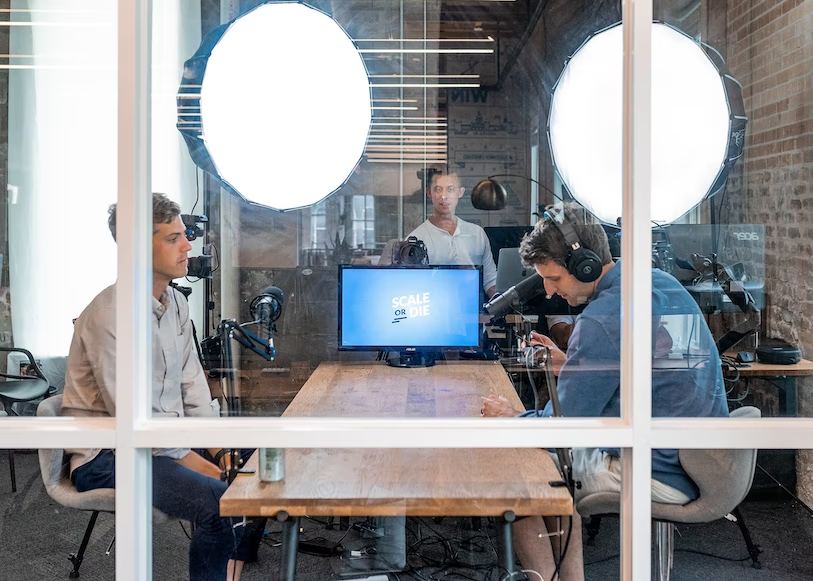
Soundproof Your Room
Your room must have minimal noise. The remaining noise can be disintegrated with a movers blanket. Additionally, ensure your room is filled with soft objects that absorb sound.
Set the Right System Preferences
Since you are podcasting, change the bars in your software to time. Additionally, run the phantom power using the condenser mics and ensure your system completely absorbs sound from your microphone.
Test Your Recording
Before beginning your recording, always test-record your audio. This will help you during post-production.
Stick to a Specific Recording Level
Start with a high-resolution format such as a WAV or AIFF file. Then, to record your voice, always speak in a normal-to-loud voice and maintain your level around -20dB.
Record an Intro and End note
An intro and end note gives a warm welcome to your guests and those accompanying them while leaving. Hence, you could always start your intro with music and include the episode number and tagline. The purpose of your opening is to attract your audience’s attention and give them a reason to listen. Hence, ensure to convey who you are, highlighting your expertise and experience. Follow this with information about your podcast and its purpose. You must also include the benefits of listening to your podcast and how it can transform their lives. On the other hand, your bottom note should start with thanking your listeners. Following this, you can state a call for action to help build a relationship with your listeners.
Editing Your Podcast
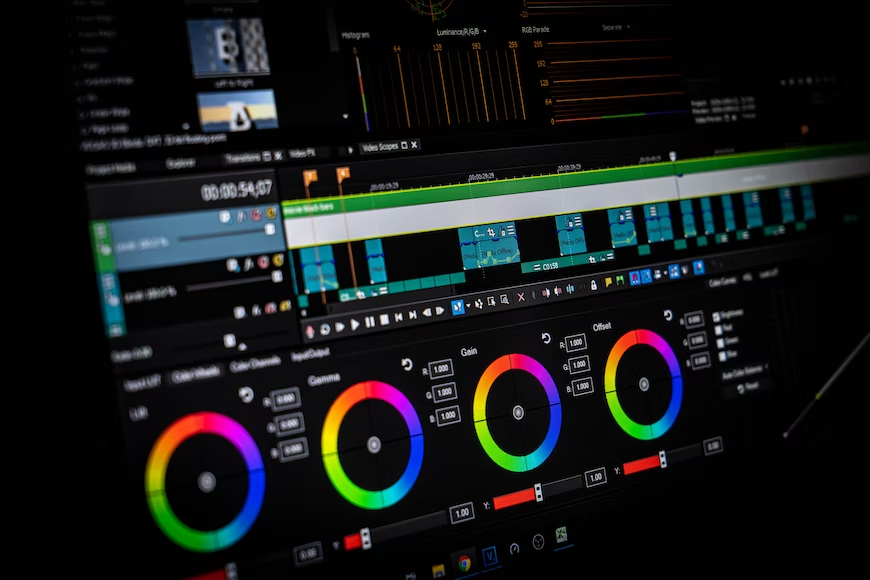
Editing is an essential aspect of the entire process of podcasting. It would be best if you did not miss out on editing as it :
- Removes listener fatigue.
- To cut out unnecessary content.
While you edit, always ensure that :
- Your music is softer than louder.
- You have a crisp intro in place.
- You don’t use copyrighted music.
- Remove gaps.
- Avoid jarring transitions.
- Remove rumble and plosives that are pretty disturbing for your listeners.
- Make the recording sound natural.
- Try maintaining a peak level of -1dB and your signal around -16dB to -12dB.
How to Edit a Podcast for Beginners | Ultimate Podcast Guide for Beginners
Podcast Cover Art
Your podcast cover art is pretty influential, like your actual content. Hence, it is vital to design it in JPG form, whose size can range between 1400×1400 pixels to 3000×3000 pixels. In addition, you must opt for smaller formats and insert only your podcast name. Following this, you can submit your entries to podcast hosting platforms or directories.
How to Create Podcast Cover Art for Free
How to Create Stunning Podcast Artwork
Podcast Hosting Platforms
A podcast host service accommodates the podcast content in a specific location. It also automatically inserts the podcaster’s MP3 file into the RSS Extensible Markup Language document to generate the RSS feeds. Here are some examples of podcast hosting platforms:
What is RSS Feed?
The podcast host generates links for the listeners to listen to a specific podcaster’s MP3 file on the hosting platform. These links are known as RSS feeds.
Submitting to Directories
Alternatively, you can directly submit your RSS feeds to podcast directories where listeners flock to access them.
What are Podcast Directories?
A podcast directory serves as a collection point for RSS feeds through an app or website and categorizes them accordingly for easy user access. Some examples of these directories are:
Podcast Websites
To get yourself noticed, you need to create a podcast website. This way, you can gain new listeners, promote your site effectively, and make a single access point for all your audio files. In addition, you can connect with other podcasters who share expertise in your niche. This will create an opportunity for you to collaborate with others. Hence, you can invite them for a talk on a specific show and maintain your consistency concerning the release schedule.
Podcast Website Tips: 5 Things EVERY Podcast Website Needs
Final Thoughts
Summing up, podcasts are winning the game of content creation and consumption. Therefore, if you are beginning your podcast journey, invest in high-quality equipment and take advantage of social media sites to promote your content. This way, you can grow your skill and art while investing your time doing what you like.


